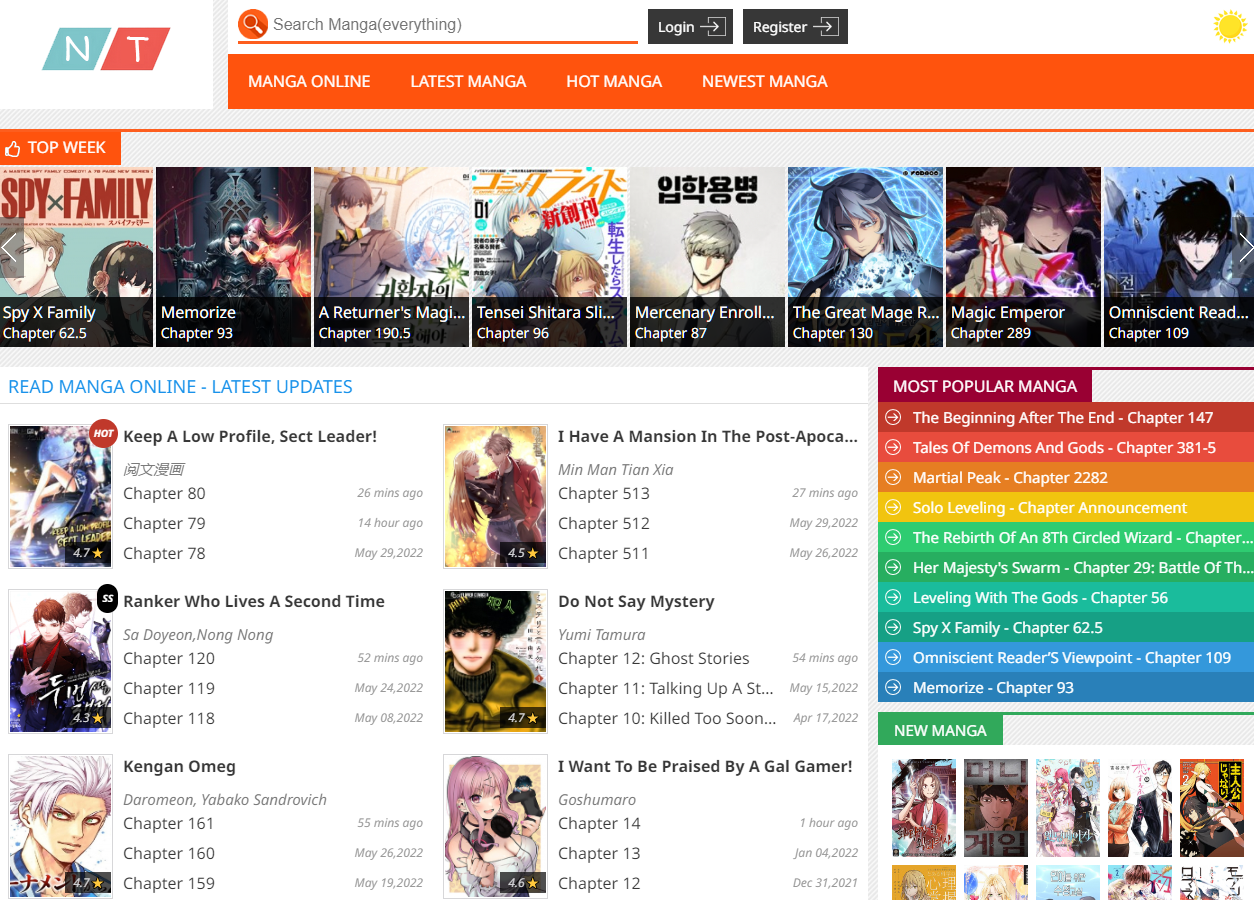🌟 Dịch Vụ Chất Lượng Cao 🌟
✓ 301 Redirect: Chuyển hướng domain an toàn, giữ nguyên giá trị SEO
✓ Guest Post: Đăng bài chất lượng trên các website uy tín
✓ Hỗ trợ tư vấn 24/7
✓ Báo giá cạnh tranh
✓ Thời gian xử lý nhanh chóng
📱 Liên hệ ngay qua Telegram: @subdomaingov
⚡ Hỗ trợ tư vấn miễn phí
blue lock
₫8.593.377
blue lock © Explained: The Ultimate Blend of Drama and Action
Product description
Dive into the World of Manga - An In-Depth Summary of Fire Fire Fire
Manga summary Fire Fire Fire introduces readers to a captivating narrative filled with action, camaraderie, and deep emotional ties. This manga series tells a story that resonates on various levels, from personal struggles to larger social themes. With vibrant artwork and a compelling storyline, it captures the hearts of manga enthusiasts everywhere.
Thematic Exploration of Fire Fire Fire
In understanding the essence of Fire Fire Fire, we delve into its thematic elements that shape the entire narrative. Themes often play a critical role in storytelling, acting as the backbone around which characters and plots revolve.
Friendship and Camaraderie
Friendship serves as a cornerstone theme within Fire Fire Fire. Characters are portrayed with deep bonds that transcend mere acquaintance, exploring how relationships can be tested through trials and tribulations.
The manga beautifully illustrates the supportive nature of friendships. Characters rally around one another, showcasing loyalty and solidarity in the face of adversity. This is particularly evident during intense battle scenes where each character’s determination to protect their friends adds layers of emotional depth to the plot.
Additionally, friendships often serve as a source of strength. Moments of vulnerability lead to profound conversations that strengthen these connections, reminding readers that even in the most chaotic situations, companionship can provide solace and motivation.
Personal Struggles and Growth
Another prominent theme in Fire Fire Fire is the exploration of personal growth through struggles. The characters are not only fighting external battles but also confronting inner demons that challenge their identities.
These personal journeys reveal the complexities of human emotions, such as fear, insecurity, and hope. Readers witness characters grappling with their pasts—some seeking redemption while others strive to become better versions of themselves. This focus on individual growth underscores a universal truth: struggles can forge resilience and self-awareness.
Moreover, the manga does an excellent job of illustrating how personal experiences influence relationships. Characters evolve based on their interactions, and these changes impact their dynamics significantly. For instance, a character who once felt isolated may find strength through friendship, which leads to newfound courage and confidence.
Society and Morality
Fire Fire Fire also delves into societal structures and moral dilemmas. The world within the manga reflects real-world issues, allowing for a rich dialogue about right and wrong. Characters frequently face choices that challenge their moral compasses, resulting in ethical discussions that prompt readers to reflect on their beliefs.
This theme is particularly compelling as it encourages readers to think critically about justice and the implications of their choices. A character's decision to act in favor of the greater good—despite personal loss—highlights the tension between self-interest and altruism.
Through these narratives, Fire Fire Fire invites readers to question societal norms and explore what it means to live ethically in a complex world. Such explorations enhance the reading experience, making it not just entertaining but thought-provoking as well.
Elemental Symbolism
The title Fire Fire Fire itself suggests a powerful element—fire—which symbolizes passion, destruction, and rebirth. This elemental symbolism is intricately woven throughout the story, impacting character arcs and the overall narrative trajectory.
Fire often serves as a metaphor for transformation. Characters face fiery trials that ultimately lead to personal renewal or devastating consequences. For instance, the protagonist might experience setbacks that feel like they are engulfed in flames, only to emerge stronger—or sometimes more damaged—afterwards.
Moreover, fire conveys the duality of creation and destruction. The manga plays with this duality, showcasing how events can dramatically shift a character's path. A tragic loss could ignite a fierce motivation for revenge, while moments of joy might spark inspiration for creative endeavors.
As readers journey through Fire Fire Fire, they witness how the element of fire influences the characters' decisions, attitudes, and relationships. This connection enriches the narrative, giving it an additional layer of meaning beyond the action-packed scenes.
Character Dynamics in Fire Fire Fire
Characters are the lifeblood of any story, and Fire Fire Fire boasts a cast that is both diverse and deeply relatable. Each character contributes uniquely to the unfolding drama, creating a tapestry of interconnected lives.
Protagonist Journey
At the heart of Fire Fire Fire lies the protagonist whose journey serves as the focal point of the narrative. From the onset, readers are introduced to their aspirations, fears, and flaws, making them a relatable figure.
The protagonist navigates through challenges that test their resolve, prompting significant character development. Early on, they may appear naive or overly idealistic; however, as the story progresses, they are confronted with harsh realities that catalyze growth.
For example, a pivotal moment might occur when the protagonist must make a difficult choice that prioritizes the safety of others over their desires. This moment crystallizes their transformation, demonstrating how adversity shapes character.
Supporting Cast
While the protagonist drives the plot, the supporting cast in Fire Fire Fire is equally essential. Secondary characters bring richness to the narrative, offering diverse perspectives and motivations.
Each supporting character has their own arc that complements the main storyline. They may serve as mentors, friends, or even antagonists, helping to illuminate different facets of the protagonist's journey.
One character might embody wisdom, providing guidance when the protagonist feels lost, while another may represent a contrasting ideology, challenging the protagonist’s beliefs. These interactions contribute to a layered narrative, enriching the overall experience for readers.
Antagonistic Forces
No story is complete without conflict, and in Fire Fire Fire, the antagonists add tension and intrigue. The villains are not merely obstacles; they are complex figures shaped by their own backstories and motivations.
Understanding the antagonists’ perspectives adds depth to the narrative. Instead of being purely evil, these characters often exhibit relatable traits or ideologies that complicate the conflict. Their motives may stem from a desire for power, revenge, or a misguided sense of justice, prompting readers to engage in ethical contemplation.
This complexity provokes questions about morality, encouraging readers to empathize with characters on both sides of the conflict. As a result, Fire Fire Fire transcends traditional good-versus-evil tropes, fostering a nuanced conversation about human behavior.
Relationships and Tension
Inter-character relationships play a crucial role in shaping the plot of Fire Fire Fire. Romantic subplots, rivalries, and friendships create an engaging dynamic that propels the story forward.
Romantic relationships often feature tension, misunderstandings, and growth. Characters learn to navigate their feelings while facing external challenges, making their love stories relatable to readers.
Moreover, rivalries inject intensity into the narrative. The competition between characters highlights personal growth and pushes them to strive for excellence, adding layers of excitement and uncertainty to the plot.
Overall, the character dynamics in Fire Fire Fire elevate the story, allowing readers to invest emotionally in the characters' journeys.
Artistic Style and Presentation of Fire Fire Fire
The visual aspect of Fire Fire Fire is instrumental in conveying its themes and emotions. Art serves as a language of its own, enhancing the overall storytelling experience and immersing readers in the world created by the author.
Illustrative Techniques
One of the striking characteristics of Fire Fire Fire is its illustrative techniques. The use of linework, shading, and color palettes creates a vivid atmosphere that resonates with readers.
The attention to detail in character expressions allows for the portrayal of a wide range of emotions—from joy and triumph to sorrow and despair. These illustrations become integral to the narrative, providing context that words alone cannot convey.
Additionally, action sequences are masterfully rendered, capturing the energy and intensity of battle. Fluid motion lines and dynamic angles immerse readers in the chaos of combat while heightening the stakes.
Symbolic Imagery
Throughout Fire Fire Fire, symbolic imagery is skillfully employed to reinforce themes. Visual metaphors complement the storyline, adding layers of meaning that invite deeper analysis.
For instance, recurring motifs, such as flames or broken chains, symbolize transformation and liberation. This imagery serves as a reminder of the characters' struggles and triumphs, connecting the visual components to the overarching narrative.
Such symbolism enriches the reading experience, encouraging readers to seek out hidden meanings and interpretations.
Panel Layout and Pacing
The arrangement of panels in Fire Fire Fire also impacts the storytelling. Creative layouts dictate pacing, guiding readers through moments of tension and relief.
For example, rapid panel transitions during action scenes create a sense of urgency and excitement. Conversely, wider panels with fewer frames allow for reflection and emotional resonance, inviting readers to pause and absorb poignant moments.
This thoughtful approach to layout enhances the overall rhythm of the narrative, ensuring that pacing aligns with the story's emotional beats.
Color Theory
Color plays a pivotal role in Fire Fire Fire, influencing mood and atmosphere. The use of warm colors often signifies danger or passion, while cooler tones evoke calmness or sadness.
By strategically employing color, the manga establishes an emotional tone that complements the storyline. For instance, a climactic scene may utilize a fiery palette that magnifies the intensity of the moment, drawing readers further into the narrative’s emotional core.
The synergy between art and story in Fire Fire Fire culminates in a visually stunning experience that captivates audiences.
FAQs About Fire Fire Fire
What is the central premise of Fire Fire Fire?
Fire Fire Fire revolves around a world where elemental powers dictate the fates of individuals. The protagonist embarks on a quest filled with challenges, friendships, and moral dilemmas, all centered around their ability to control fire.
Who are the primary characters in Fire Fire Fire?
The series features a diverse cast, including the determined protagonist, loyal friends, wise mentors, and complex antagonists, each contributing to the rich narrative fabric.
How does Fire Fire Fire address societal issues?
Through its plot and characters, Fire Fire Fire explores themes of justice, morality, and the impact of choices on society, prompting readers to reflect on real-world challenges.
What artistic styles are prevalent in Fire Fire Fire?
The manga showcases a dynamic blend of illustrative techniques, vivid colors, and symbolic imagery, enhancing the storytelling and bringing the characters' emotions to life.
Is Fire Fire Fire suitable for all ages?
While Fire Fire Fire contains action and themes that may resonate with a broad audience, it is advisable for parents to review content to ensure it aligns with their values regarding age-appropriate material.
Conclusion
In conclusion, the Manga summary Fire Fire Fire offers a multifaceted experience that intertwines rich themes, intricate character dynamics, and stunning artistic presentation. The series does not merely entertain but engages readers on an emotional and intellectual level. Through its exploration of friendship, personal growth, societal challenges, and the transformative power of fire, it leaves a lasting impact that resonates long after the last page is turned. Whether you are a seasoned manga reader or new to the genre, Fire Fire Fire promises to ignite your imagination and provoke thought, making it a must-read in the world of contemporary manga.
Read Full: Legally, Dad







